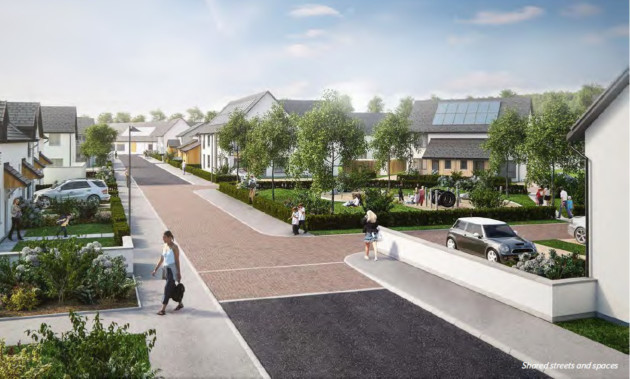An ambitious blueprint which aims to make Perth “one of Europe’s great small cities” could be adopted by councillors this week.
The £400 million masterplan focuses on a series of large-scale projects to be rolled out over the next 20 years.
The Perth City Plan, which will be used to inform future planning decisions and investments, is aimed at making the area a more attractive place to live, work and visit, while addressing a forecast population boom.
Draft proposals were unveiled to the public in September. Feedback from residents has helped shape a revised 54-page document, which will go before councillors on Wednesday.
The report, which draws inspiration from other European cities including Karlstad in Sweden and Exeter in England, looks at eight “big moves” to attract manufacturing and technology businesses, diversify the economy and establish Perth as a key university city.
Proposals also include launching a review of local training services and major improvements to the city centre, from the £1 million Mill Quarter project to creative lighting for key landmarks. More car-free areas possibly parts of Tay Street could also be created.
The plan also highlights the city’s “underperforming” cultural attractions, as the council-run museums and galleries are “struggling to attract visitors and tourists”.
The study argues that facilities need to improve to compete and complement the V&A in Dundee.
The masterplan has been compiled by the Perth City Development Board, a public-private concern, and looks at improvements which could be made between now and 2035 when Perth’s population will have grown by about 50% to 60,000.
City development manager John McCrone said that during the consultation, 67% of the 148 people who responded online were supportive with just under 8% against.
In his report to councillors, Mr McCrone said there was great support for transport improvements and educational developments.
“The principal issues raised during discussions with both residents and businesses were lack of clarity on the purpose of the plan, who it was prepared by and for whom,” he said.
He said locals were “generally reluctant” to stop using their cars, unless high quality public transport alternatives were available.
“Residents within rural areas were also concerned at potential investment in Perth reducing the potential for investment in their own communities.”
At this week’s full council meeting, members will be asked to agree amendments to the revised plan before it is put forward for promotional and marketing use.
